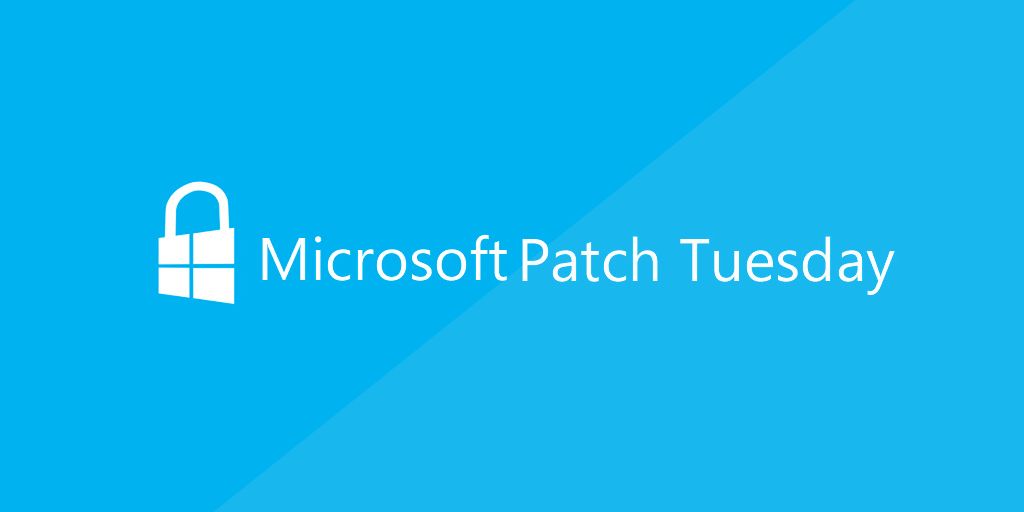What is patch Tuesday?
Sep 17, 2021
iCrowdMarketing powered by iCrowdNewswire

Another Windows update? Does it ever stop? Isn’t there a way to plan these things more effectively? Yes, there is, and it’s why Microsoft updates schedule includes Windows Patch Tuesday to make it easier for IT to keep the systems and software secure across the network. But, how does it all stay organized?
What is Patch Tuesday?
Sometimes called Patch Tuesday or Windows Update Day, Patch Tuesday streamlines the security update for Windows 10, Windows 7, Microsoft Office, etc. Microsoft bundles their security patches as much as they can to monthly on the second Tuesday (for North America). While Windows 10 checks for updates on its own and may download the updates, Windows patch Tuesday allows IT professionals to plan out those patch updates before deploying them to the entire company.
You may be wondering, more specifically, when do windows updates come out? Scheduled for 10:00 AM Pacific, IT departments can add these into testing protocols before sending them out to the company network. It could be a bit later in the day, but this timeframe is when Microsoft schedules them to go out. But how can everything happen all in one day? When do other Microsoft patches come out? Other non-security updates are released on the fourth Tuesday of each month, making it an ongoing process but still dividing the updates across the month.
Of course, if a severe security issue cannot wait, Microsoft issues “out of band” updates on other days Techrepublic.com explians that only happens if the “security issue is extremely serious and is being actively exploited.”
Included with the patches are the details of each update and implications to the software and hardware. Found on the Microsoft Security Response Center (MSRC) website, IT administrators will find the info they need to know before installing the updates (no matter when they are released).
Managing Updates
Keeping Windows software and hardware up-to-date is crucial to keep the network and its data protected from any malicious viruses, fixing system bugs, and addressing potential security flaws. But with so many updates (often there are many updates included each month), it is challenging for IT departments to manage it effectively.
Implementing a patch management system makes the entire process simpler, more efficient, and saves your company money. In addition, remote monitoring and management optimizes IT workloads, streamlines maintenance, and automatically deploys the necessary patches while still following the patch policy management configuration for your company.
So, while your IT department is handling the day-to-day needs of your company, utilizing an automated patch management system that allows for remote monitoring creates a more successful process for these essential Windows updates and makes your days much smoother.